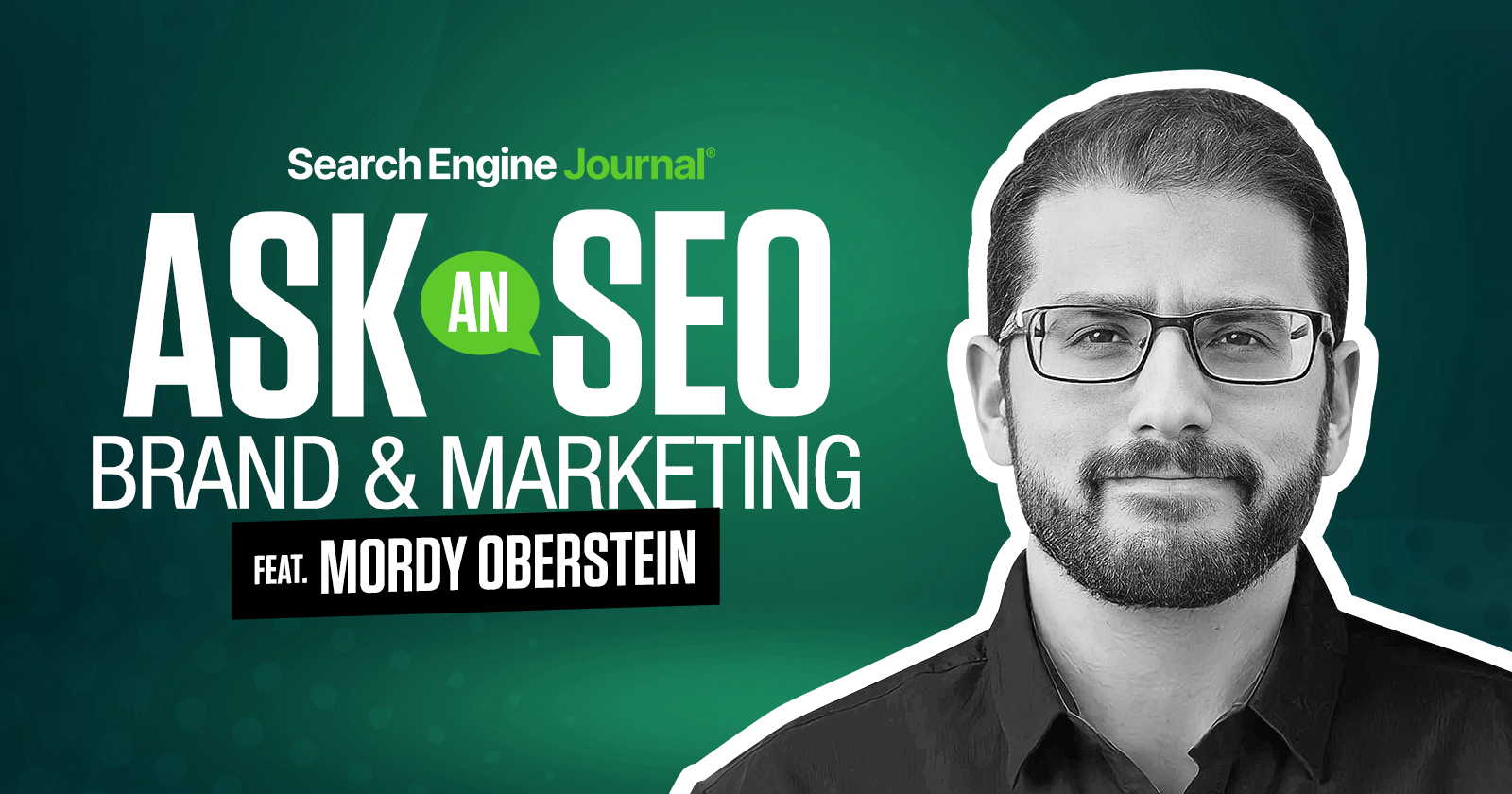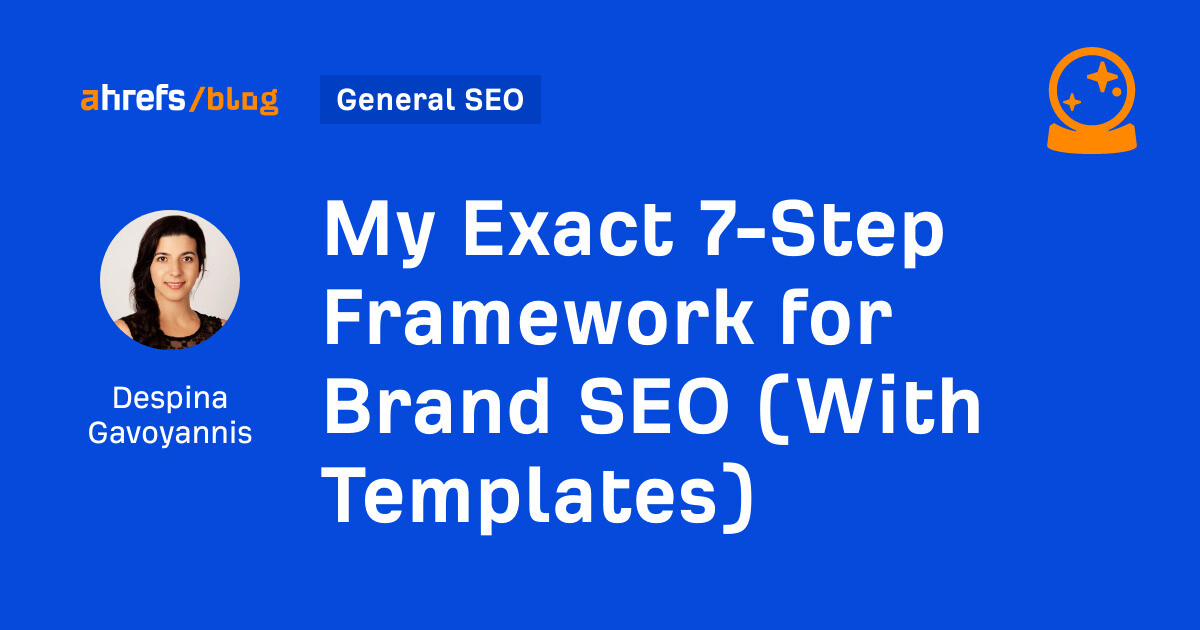Ask An SEO: How To Repair & Recover Negative Brand Mentions In SERPs via @sejournal, @MordyOberstein
Struggling with negative listings? Take charge of your online reputation using practical strategies to repair your brand relationship and regain control of your narrative. The post Ask An SEO: How To Repair & Recover Negative Brand Mentions In SERPs...

This time on Ask An SEO, we’re diving into a branding question from someone dealing with negative SERP results:
I have a client that recently had some financial issues and the SERP for their brand has many negative listings.
Do you have any ideas for a strategy that could help to remove those listings and improve their brand status?
There are two ways to approach this. There’s the practical things in your immediate control and there’s the wider brand relationship that needs mending. I’ve very much been here before.
Folks will tend to lean into the changes you can make that are in your immediate locus of control.
For example, start posting on X (Twitter), and you’ll get a carousel for your posts on the search engine results pages (SERPs). This carousel can push “negative” results off page one.
The problem with this sort of approach is that it’s not entirely effective.
For starters, it has limited reach (yes, your posts will appear in a carousel, but not on every SERP related to your brand).
Also, it doesn’t deal with the very top of the SERP, and who knows what actual result you’re pushing to page two – maybe it’s one that is favorable to your brand?
While I’m not saying you should not do whatever you can do in the immediate, I would caution you about getting too caught up in it.
What you need to be doing is thinking about how you repair your relationship with your niche.
Brands fail here all the time. I’ve seen it firsthand. So, I have a few pieces of key advice you need to follow if you want to fix your brand’s SERP for real.
1. You Have To Get Out Of Your Comfort Zone
The main reason brands fail at this is because it’s uncomfortable.
The biggest piece of advice I can offer you is to be ready and willing to get out of your comfort zone.
You’re going to have to eat crow in some way, shape, or form. You can’t wrong someone and then not apologize. You may feel you did nothing wrong or that it was out of your control or whatever.
I warn you not to get hung up on this. Your audience feels hurt – that is all that matters.
You need to somehow repair that hurt, and it’s going to mean eating some form of humble pie. And everyone loves pie, so it’s OK.
2. You Have To Diagnose The Root Cause Of The Negative Sentiment
Often, the knee-jerk reaction brands have is to “market their way” out of a problem. They launch campaigns or initiatives that aim to create new buzz and new chatter that is more positive. This doesn’t work.
You can’t do any of that until you diagnose the root cause. What you’re looking for here is (among other things):
What event (or series of happenings) triggered the negative response? How did this trigger impact the audience? (You need to be extremely specific and explicit here. Generalizations are not helpful). Why did this trigger the industry to such an extent? (Again, be explicit here). How toxic is the relationship? You need to know how damaged the relationship is, and you have to be consciously aware of it.3. You Have To Be Transparent
This speaks a bit to my earlier point about getting out of your comfort zone. You are rebuilding trust. That’s hard. It takes time, and it takes substance (so my fourth tip would be: actually change, just don’t say you did). It’s a process.
You need to reinforce to your audience that you are constantly engaging in that process and that you don’t take their trust for granted.
If this sounds like some sort of Dr. Phil episode, it’s because it is. Humans are humans. The relationships that brands have with their audience work just the way our personal relationships do.
If you violated someone’s trust on a personal level, you would need to show you’re doing the work to earn their trust back.
That means a new level of transparency and vulnerability is needed.
Same for your brand. There is zero difference.
Changing The Narrative Sets Everything Else In Motion
The end result of this process, if you do the work to create engagement and audience interest (which is a whole other conversation about how you do that), is exactly what you’re looking for.
What you really want is not to have a result change or an article rewritten. What you want is for the narrative to shift.
Once the narrative shifts, the rest falls into place. People start talking about you in a positive way (even referencing how amazing it is you turned it all around). They’ll even start writing articles about you or mentioning you, etc.
At that point, once the narrative has shifted and the industry has clearly reassociated how they think and feel about you, you can pick up the stragglers.
Then, you can reach out to those sites that still have not updated their content to reflect the “new you.”
You now have the capital and the inertia to put an unspoken pressure on sites to change their content.
If everyone else is thinking about you a certain way and talking about you a certain way, and if you’ve gained a bit of popularity, those stragglers are not going to want to be left behind (or, at a minimum, running against the grain and consensus).
Now, you have the real power to change the listings on the SERP, no matter who is ranking or what the query is.
Change narratives, not organic listings.
More Resources:
What Is Personal Branding? Here’s Why It’s So Important Social Media Branding: How To Get It Right SEO In The Age Of AIFeatured Image: Paulo Bobita/Search Engine Journal

 Aliver
Aliver 
































